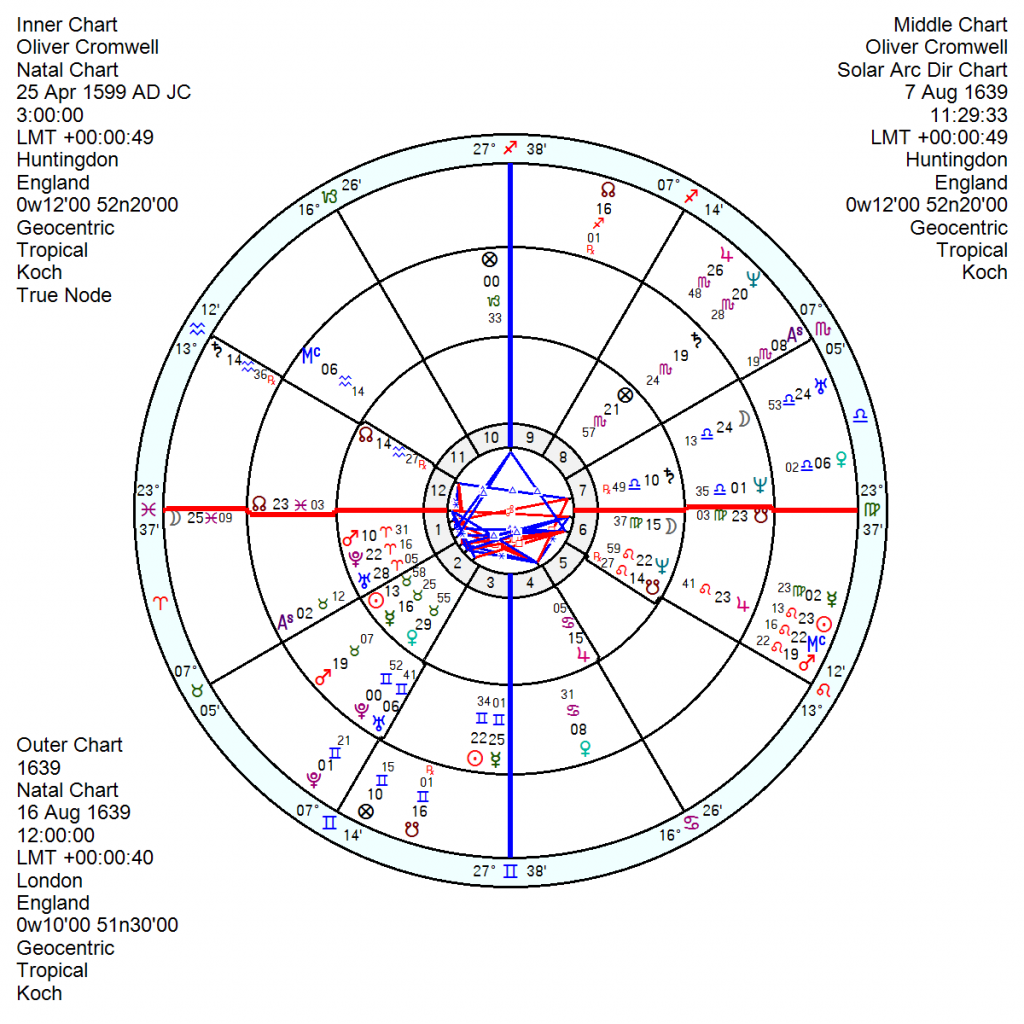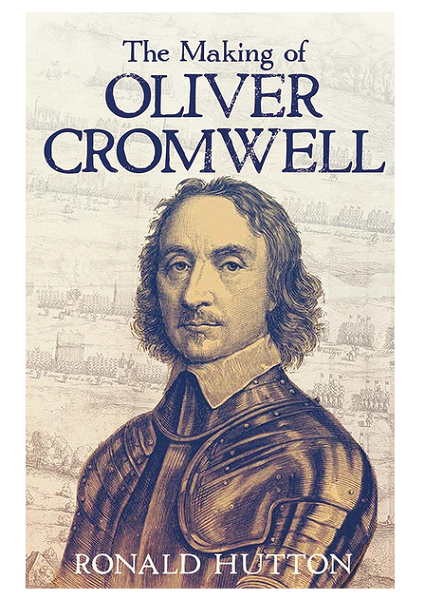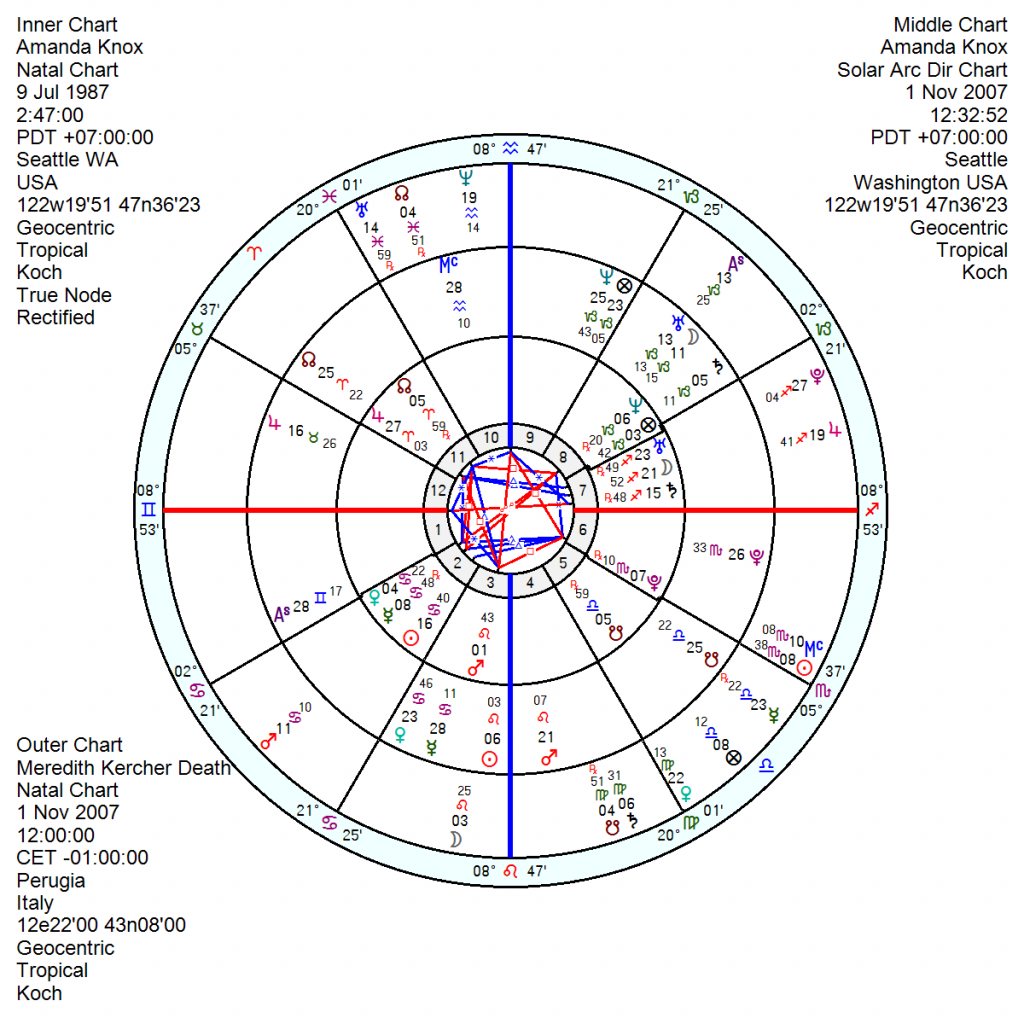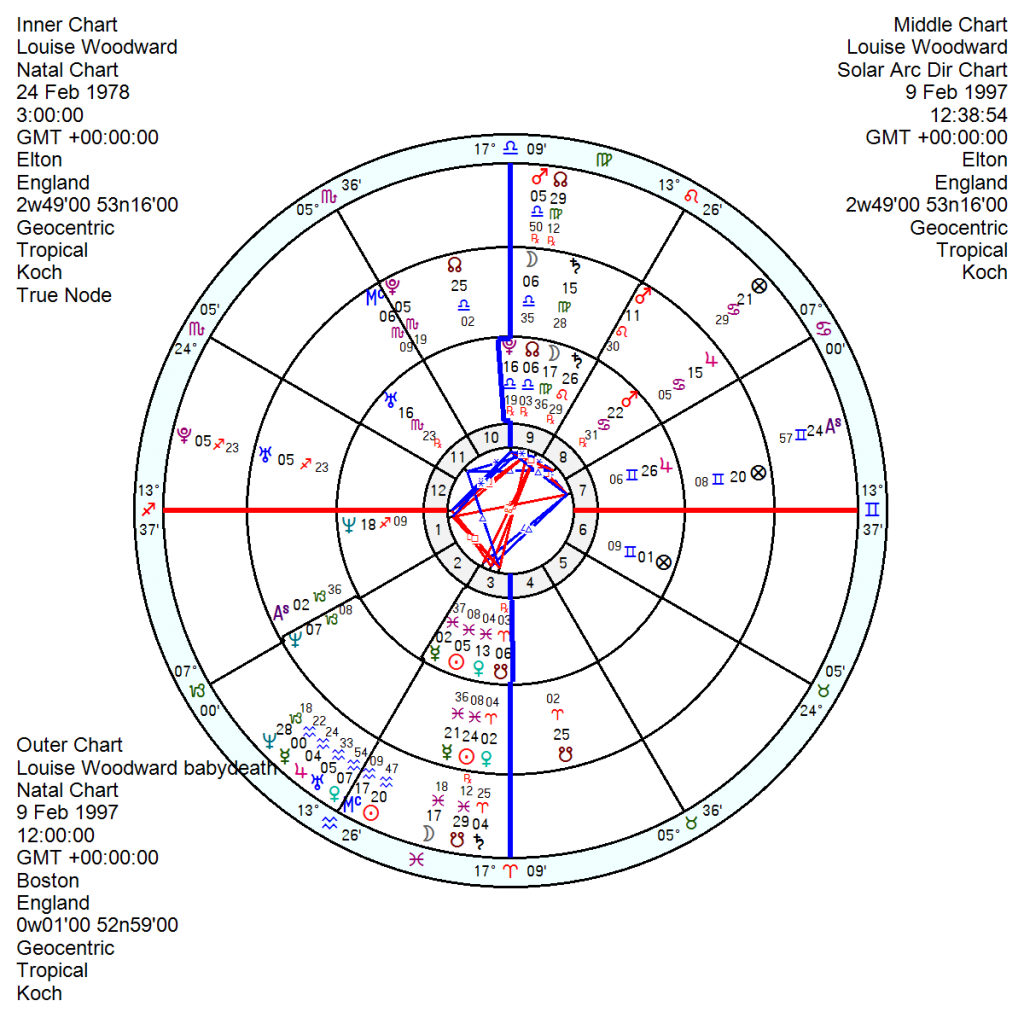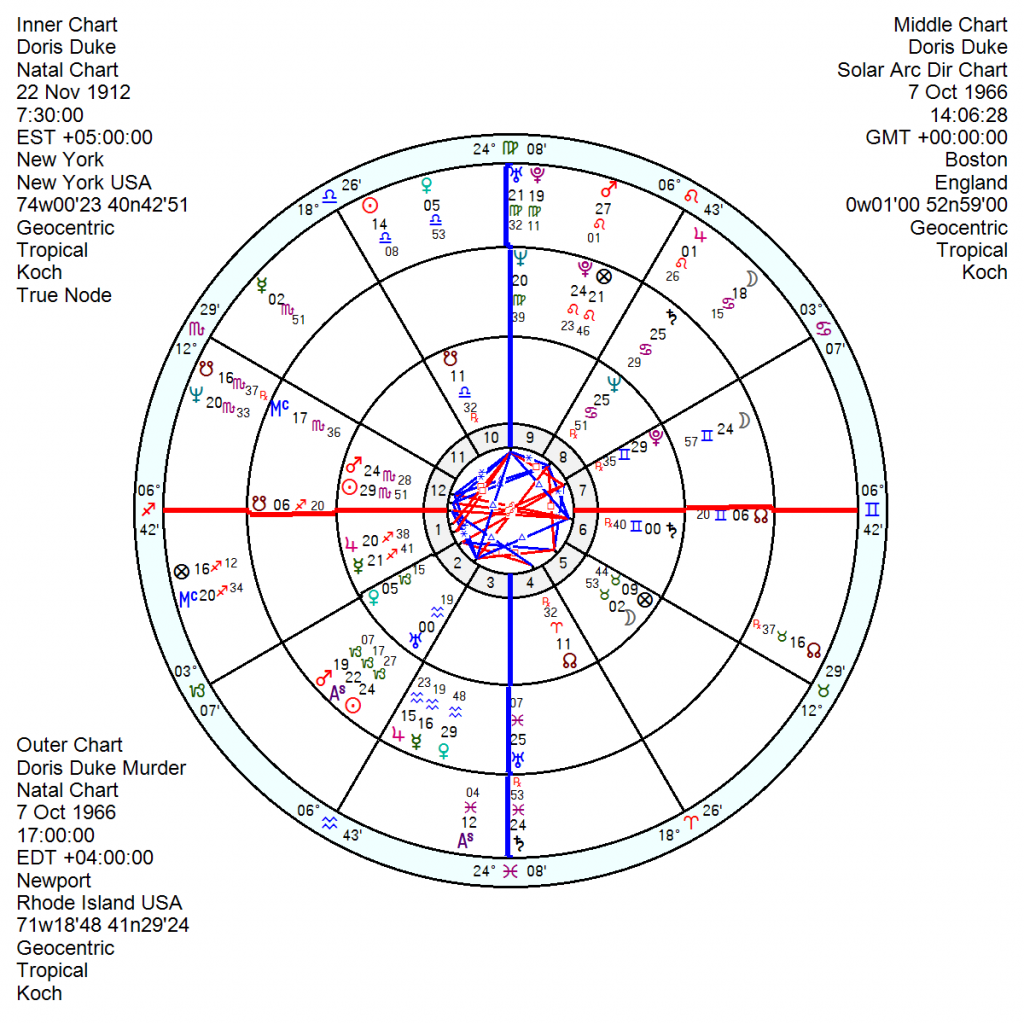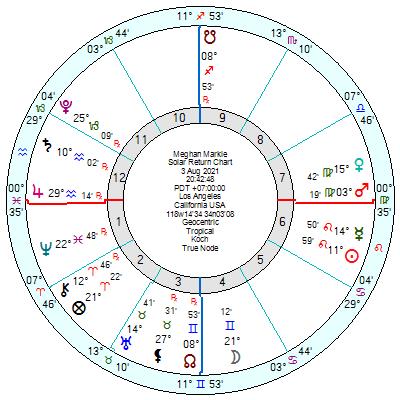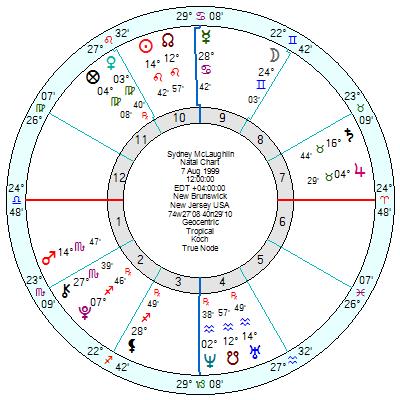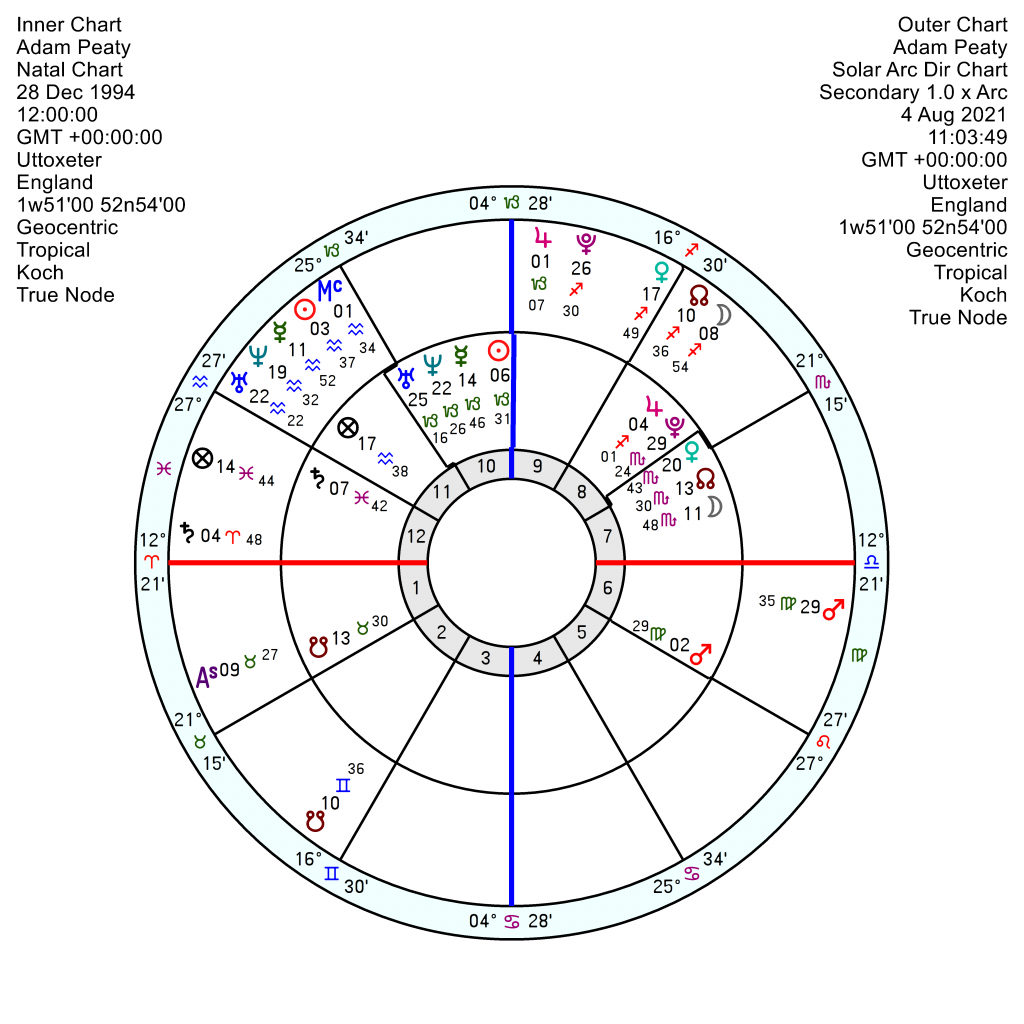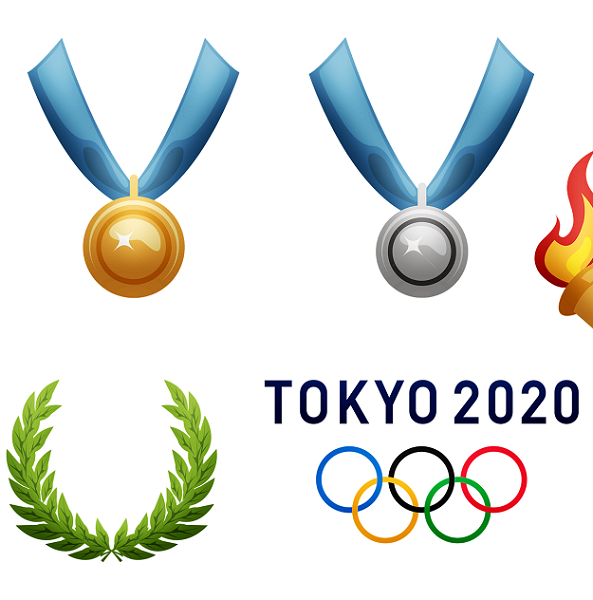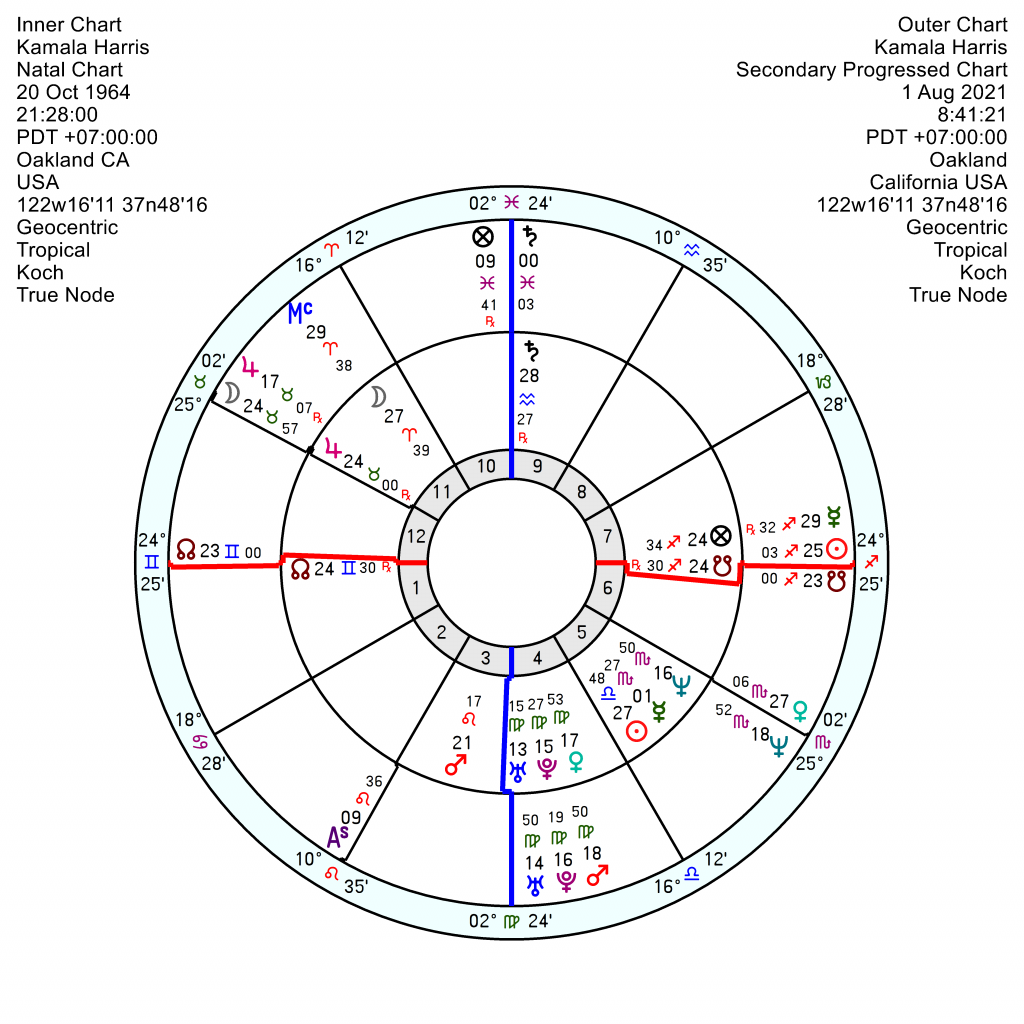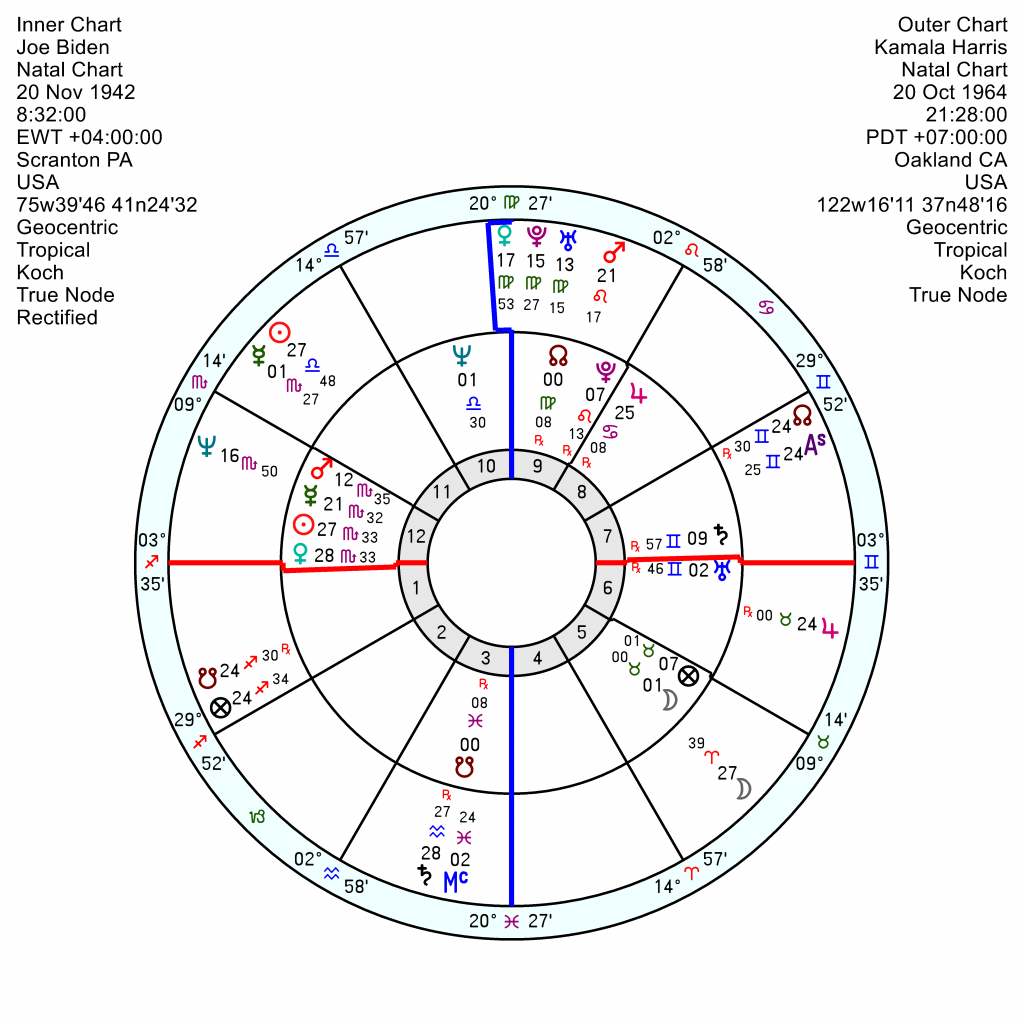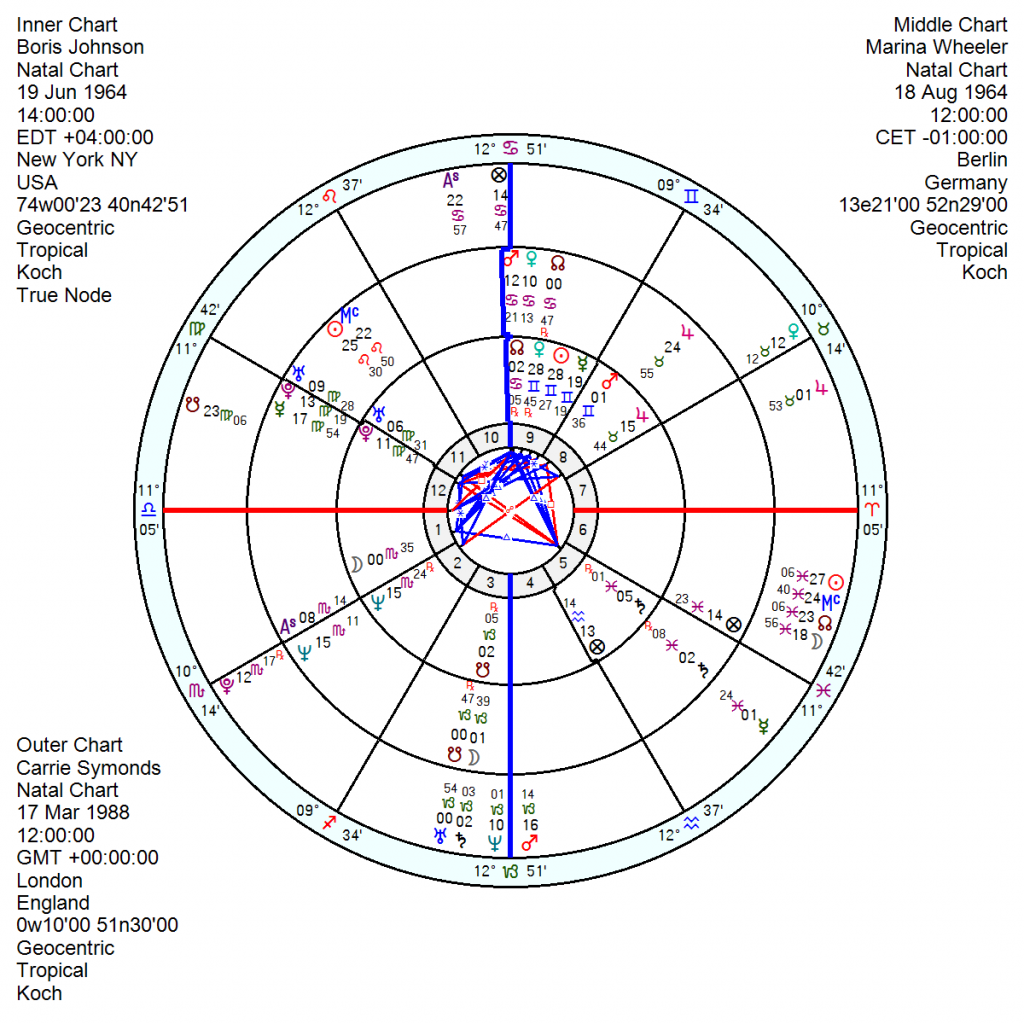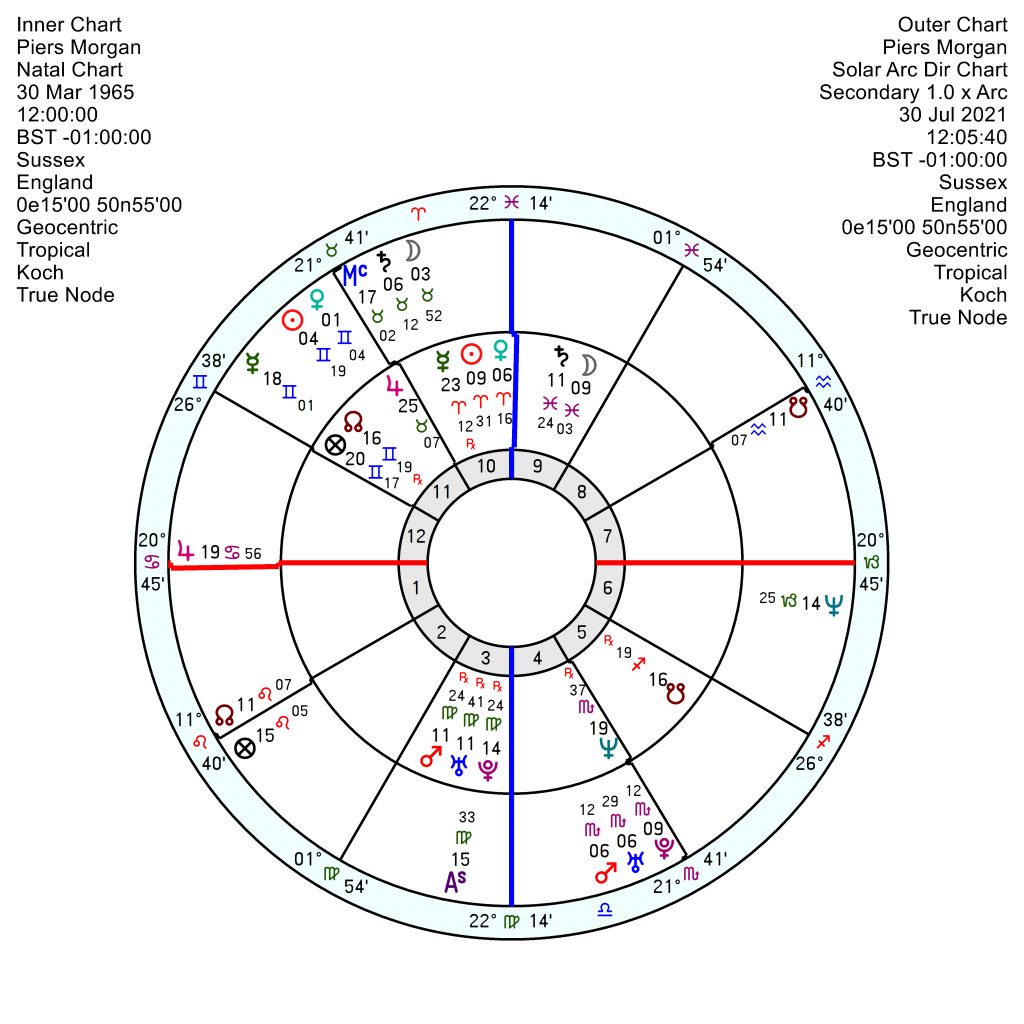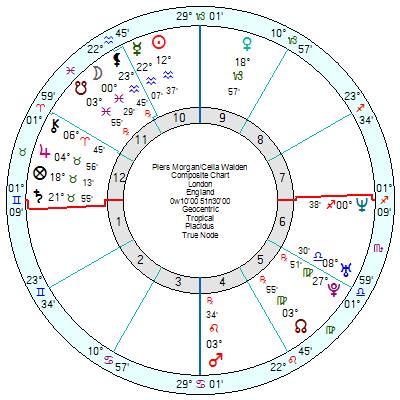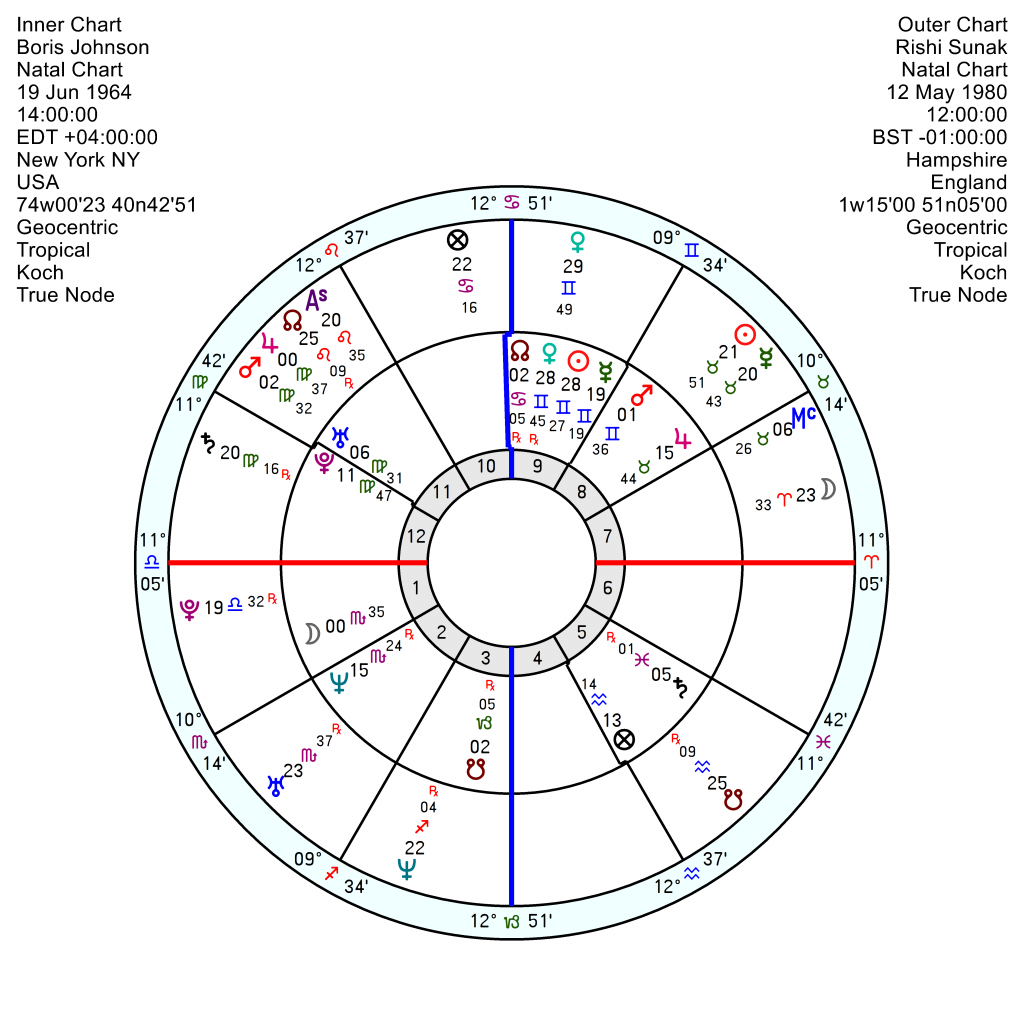
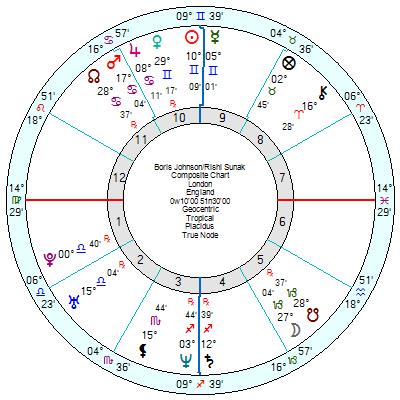


An “apopleptic” Boris Johnson is hardly a surprise though his raging tonto fit is right on astrological cue as his Progressed Moon exactly opposes his Mars at the moment. He evidently lost the rag at his Chancellor Rishi Sunak, whom he blamed for distributing a letter criticising his chaotic travel restrictions, which Boris said guaranteed it would be leaked – which it duly was. In what the Times described as a ‘fit of frustrated impotence’ he openly suggested that he might sack his chancellor.
Progressions or Solar Arcs in hard aspect to Mars or vice versa always produce an eruption or a collision. And his discomfiture with Sunak won’t subside since there are a plethora of issues where they are at loggerheads – Boris wants to go green, boost social care and the NHS and insists there will be no austerity. Fears are that aiming to go net-zero by 2050 will hit poorest households hardest and could spark a cost-of-living crisis with energy bills already on the rise and inflation spiking as Covid lockdowns ease. All of which would be politically ruinous in so-called Red Wall seats, with Boris’s approval rating tumbling already across the board.
His Progressed Moon will continue to crash and grind round his Mutable T Square in coming months, being square his Saturn at the beginning of this December, thence on to square his Uranus in January and finally his Pluto in late June/July 2022. This runs in parallel to this December’s Sagittarius Solar Eclipse being conjunct his Term chart’s Midheaven for a good going crisis and pressure to alter direction. And within a few weeks from now the Solar Arc Saturn on the Term chart will be on the exact degree of Venus, dampening the popularity of his government further; and continuing on to a logjammed and discouraging conjunction with the Pluto, exact around June 2022.
Rishi Sunak, 12 May 1980, is an innovative, stubborn and can be rebellious Sun Taurus opposition Uranus with his Sun on the apex of a can-be-ego-centric Yod to Neptune sextile Pluto – super-ambitious. He also has a hard-working Saturn in Virgo on the focal point of a wide-ish T Square to Venus opposition Neptune. Plus an enthusiastic Mars Jupiter in Virgo which clashes with Boris’s Mars, Saturn, Uranus, Pluto. Not the easiest fit.
Their relationship chart has a suspicious composite Sun Mercury opposition Neptune Saturn which will tend to brew up doubts and fears. There’s also a oneupmanship struggling Jupiter square Pluto; and a volatile, combustible Mars square Uranus. They were never destined to be singing off the same hymn sheet. Though a prime minister not getting on with the chancellor is hardly anything new. The December Solar Eclipse will rattle their composite Sun and Saturn in particular so could be a critical turning point.
At that point Sunak’s chart indicates high uncertainty with tr Neptune opposition his Saturn and a disaster-prone trine of Uranus to his Mars/Saturn midpoint. His plans won’t work out or boost his self-esteem in 2022 into 2023 with two of his Neptune midpoints catching tr Pluto squares.
Boris would be a fool to let his predatory instincts get the better of him since the country feels safer with Sunak in the Treasury. But desperation will mount as his polls go further south so who knows?

